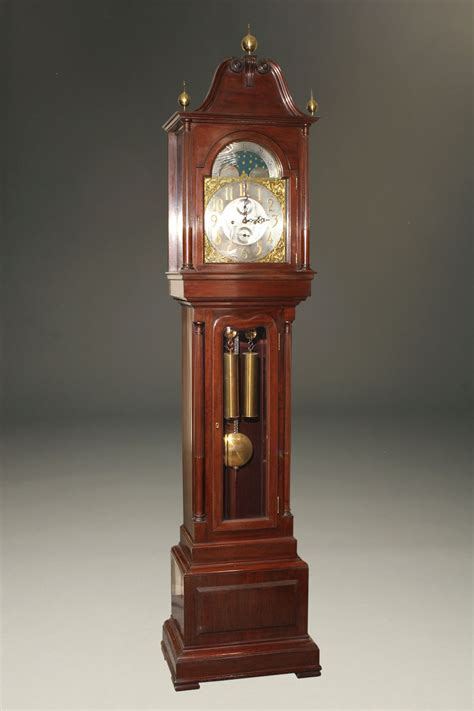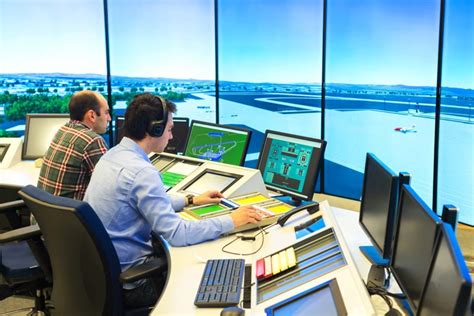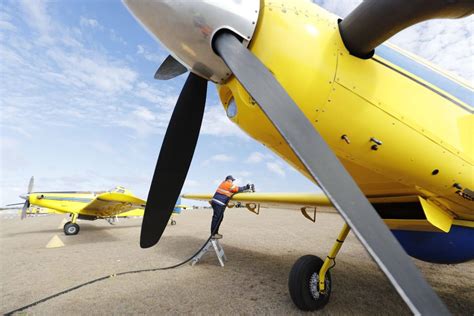
1. The 12-hr Clock Reference
- Direction from one aircraft to another
- is expressed with clock method
- Each 5 minutes of the hour represents a
- 30 degree arc
2. Examples of use
- Aircraft at 10 o'clock:
- is at 2x30 = 60 deg
- to left of nose of aircraft by left wing
- Aircraft at 8 o'clock:
- is 4x30 =120 deg
- to the left of or just behind the left wing








